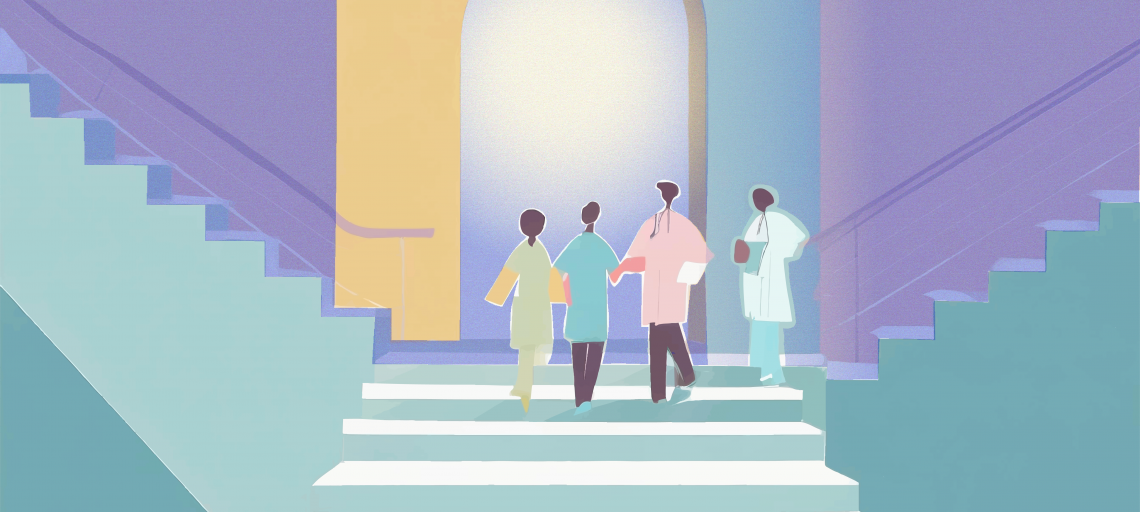
- February 26, 2024
- Modio in the Press
The workforce shortage in healthcare continues to surge across the sector. Our aging population’s need for care is growing, and retirement and burnout are driving healthcare workers out of the field. And it’s not just providers — the worker shortage spans a wide range of jobs in healthcare. According to projections from the U.S. Department of Labor, the country will face a shortage of 195,400 nurses by the year 2031, and the number of openings for home health aides and personal health aides will increase 37% by 2028. Unfortunately, there is no silver bullet here for how to solve healthcare’s staffing problem; however, a new program out of Boston that The New York Times reported on has the potential to reframe how we fill jobs in healthcare.
According to the article, Bloomberg Philanthropies is making a $38 million investment in Boston’s public schools. Boston is one of 10 cities where Bloomberg is planning to invest $250 million over five years pairing hospitals with high schools. Through the program, students will earn college credits as they train for careers in nursing, emergency medicine, lab science, medical imaging, and surgery. For the thousands of students who choose to postpone or not pursue college, the program will still prepare them to start full-time jobs when they graduate.
Boston is partnering with the Mass General Brigham health system, which currently has 2,000 job vacancies, according to the article. Howard Wolfson, education program lead at Bloomberg Philanthropies, says, “There’s a growing sense that the value of college has diminished, relative to cost. This should not be construed as anti-college — every kid who wants to go should have the opportunity. But at the same time, we have to acknowledge the reality that, for a lot of kids, college is not an option, or they want to get on with their careers.”
Furthermore, more than 90% of students at the high school in Boston that are part of the initiative are Black or Hispanic, and 85% are classified as “high needs,” meaning that they are from low-income households, are multilingual English learners, or have disabilities. The investment from Bloomberg includes money for support such as school social workers and mental health clinicians to ensure each student has access to the tools they need to succeed.
These pathways have long been lacking in healthcare, whether it’s the support that’s missing for clinicians and providers, or the lack of access to higher education that deters so many students from pursuing a field they are interested in. It will be interesting to observe the impact of this initiative over the next few years. This initiative will ideally serve as the blueprint for transformative change in healthcare education and workforce development nationwide.
Article Source: https://www.nytimes.com/2024/01/17/us/boston-schools-jobs-hospitals-bloomberg.html
What do you see as a solution to the sector’s workforce crisis?
